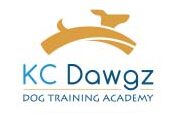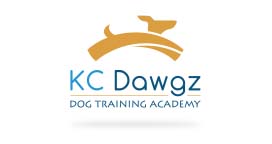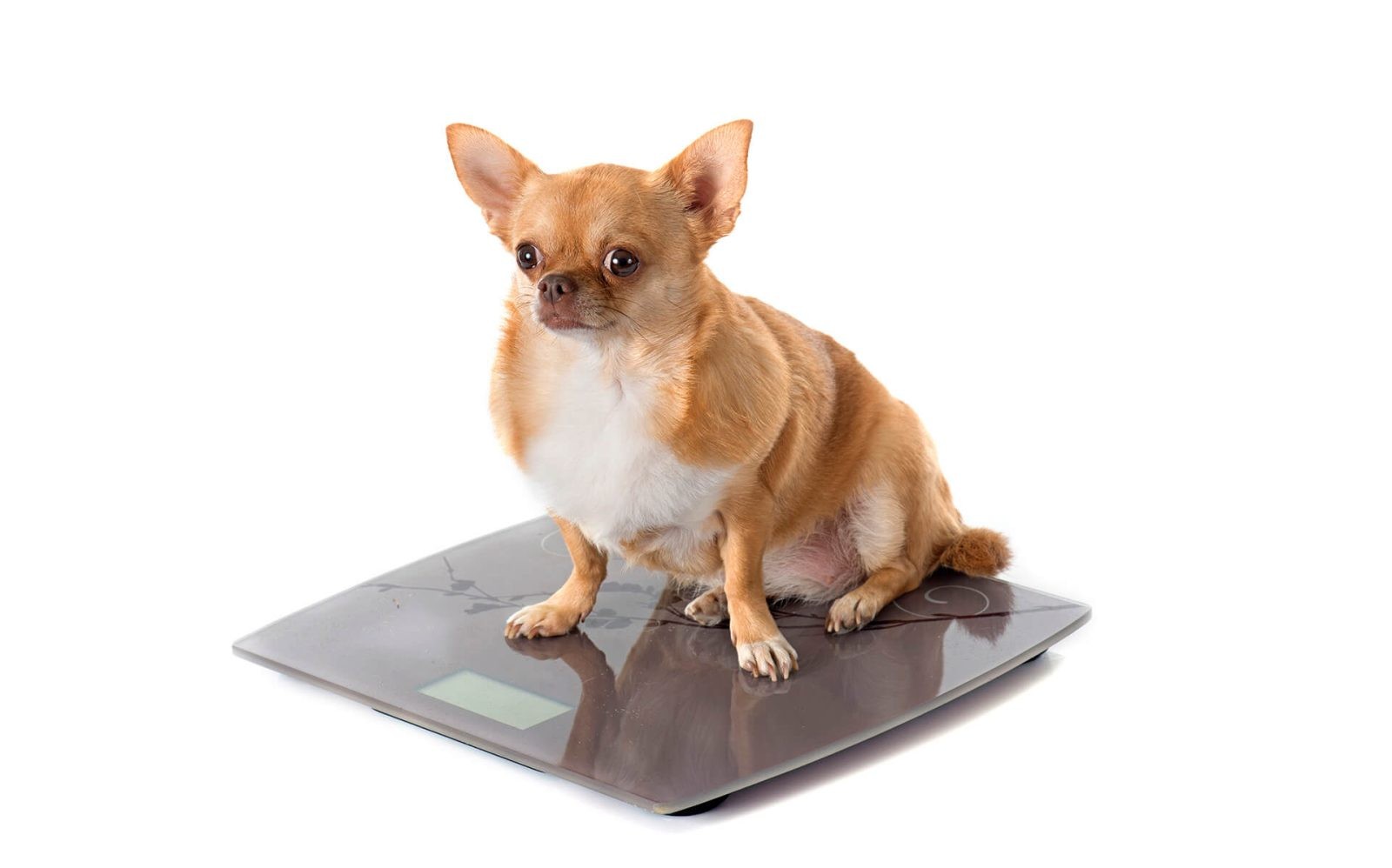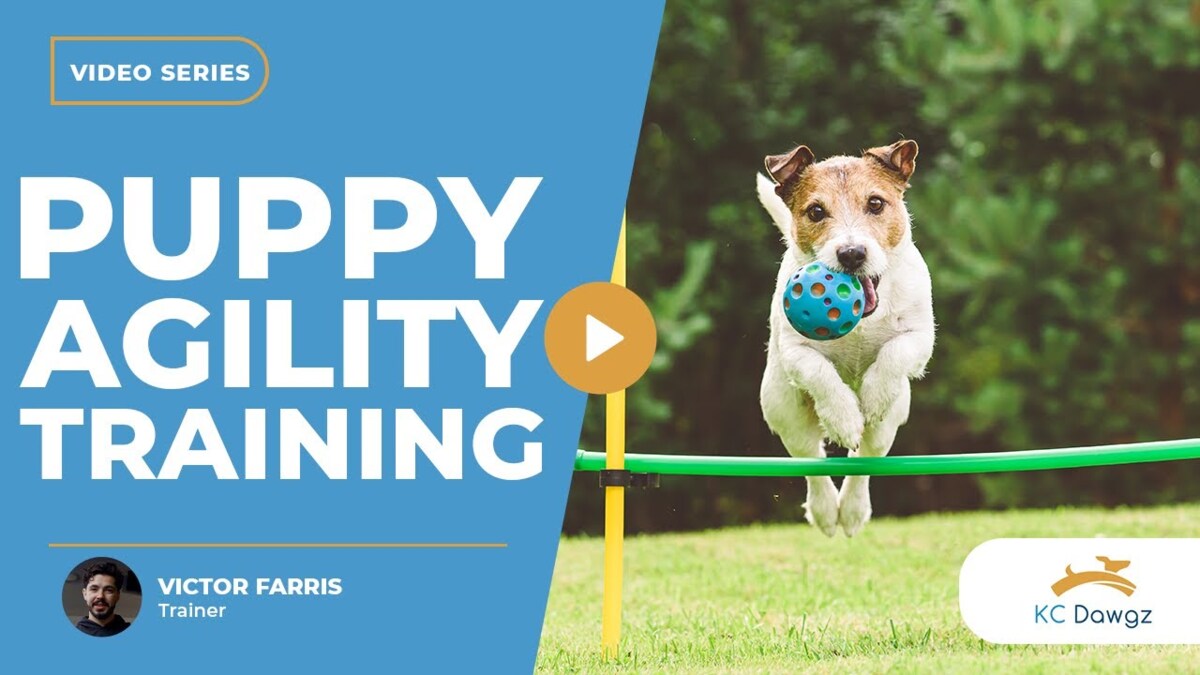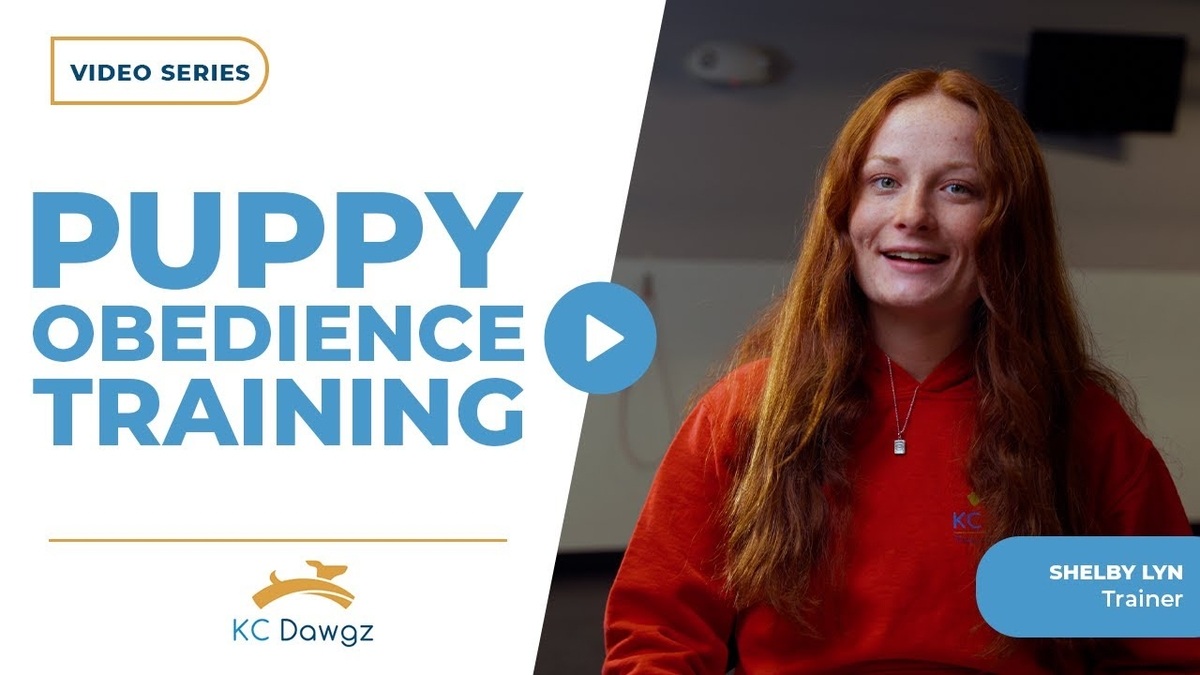What to do with an Overweight Dog
Health issues are more common in dogs that are overweight such as heart disease, diabetes, issues related to the immune system and some cancers. If your dog is overweight then you need to do something about it and put your dog on a diet. We will provide you with some tips on how you can help your dog to lose weight.
Give your dog less carbohydrates and more protein
The ratio between fats, protein and carbohydrates are more important than calories. A lot of diets tend to be low in protein, low in fat and high in carbohydrates, but this can make it difficult to lose weight. It is best to give your dog a diet that is high in protein which helps to build muscle and the need for carbohydrates then diminishes. Ideally, you need to choose a diet that’s low in carbohydrate, high in protein and moderate in fat.
Homemade dog food
Another great idea is to create food that is low in carbohydrate by making homemade dog food. This way you can use low-fat dairy, lean meats and vegetables instead of using starch or grains. Remove all skin from poultry and avoid meats which are high in fat, such as beef, lamb or pork. If you do decide to use these meats, cook them so that the fat is removed from them.
Avoid foods that are high in fiber
Foods that are high in fiber will not satisfy your dog and can affect the way that your dog absorb nutrients. Look for grain free foods as these are low in carbohydrates and high in protein and therefore more effective when it comes to weight loss.
Portion sizes
There is no point in being drastic and you need to slowly cut back the portion sizes that you give your dog. Begin by reducing the portions by 5% and do this for around 2 weeks. It is worth weighing your dog before you start and then again in two weeks. If you find that your dog is not losing weight then you need to reduce his portion by another 5% and do this again for two weeks. Gradually continue to reduce the amount of food that your dog eats until he starts to lose weight and then you can continue to feed your dog that amount. Stop by and use our scale if you do not have one.
Pick the correct fats
Research has highlighted that the correct facts can help when it comes to satisfaction and weight loss i.e. Omega-3 fatty acids DHA and EWP, which come from fish oils. If you add these to your dog’s diet remember that they are pure fat so don’t overload your dog with other high in fat foods.
Treats
Dogs are more interested in the number of treats that they get rather than the size of the treat that they get, so it is worth giving your dog several small treats rather than just one big treat. Avoid treats that are high in fat and calories and instead choose treats such as melons, bananas and apples or crunchy vegetables.
When away from home
It is worth remembering that consistency is the key to maintaining a dog’s weight so when you send your dog to an external outfit such as a ‘board and train’ company, make sure that they follow the feeding program that you have in place.
